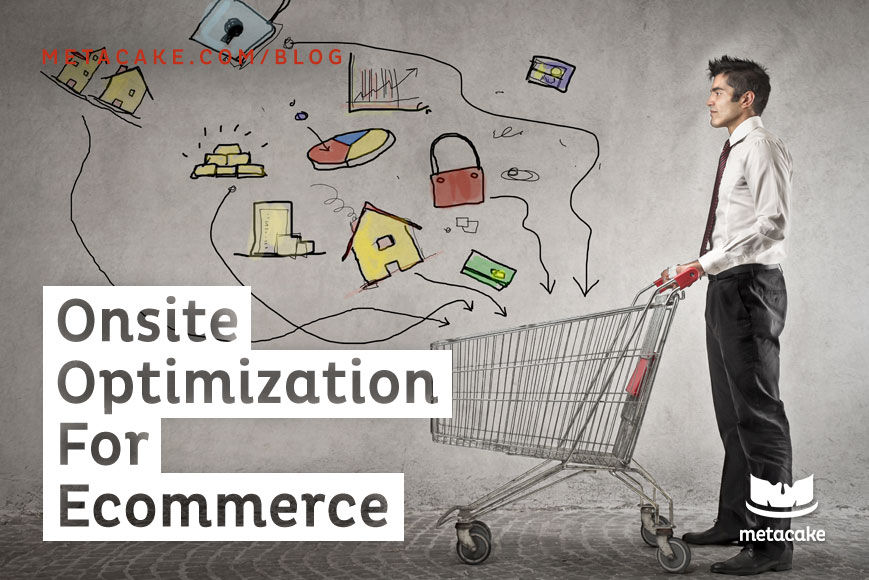Congratulations, you’ve done it.
All those carefully crafted banner ads, Facebook promotions, and mobile marketing efforts brought loads of traffic to your site.
Now what? How do you ensure these throngs of visitors convert to paying customers?
By going after the low-hanging fruit, that’s how!
Many companies spend time and money to optimize their homepages, but what about their product, shopping cart and checkout pages?
That’s where sales happen. And that’s where you should focus your optimization testing.
The goal is to make it a no-brainer for visitors to buy once they’re on your site.
Here are four elements we’ve found that have a significant impact on converting visitors.
Shipping Promotions
Thanks to Amazon, no one wants to pay for shipping anymore. We’ve found that most people balk at having to pay shipping fees, and that negative emotional reaction can cost you their business.
Test your audience’s response to a free shipping policy versus free shipping above a certain amount. You can roll the fees into the cost of your products to avoid losing money on these deals.
Email List Segmentation
Don’t blast your entire email list with the same generic message and a link to your homepage. Use list segmentation to send tailored messages to different groups of users. You probably want to send a different message to a frequent shopper than to a first time customer, so write your emails accordingly.
Email campaigns should link to customized landing pages that provide concise information relevant to that group’s needs. You can test different styles of copy and page design, but go for simplicity and consistency in both. Landing pages that tie contextually and visually to the original email have much higher engagement and conversion rates than those that don’t. Remember, you have three seconds to sell customers on your product, so make every element count.
Social Proof
Before a customer hits the Buy Now button, they have two questions: “Is this a quality product?” and “Can I trust you?” The second question may be even more important than the first, because once you lose a customer’s trust, it’s almost impossible to get it back. This is especially true in ecommerce, where people are handing over their credit card information and making themselves financially vulnerable.
Social proof is invaluable for gaining that trust, especially with a first-time buyer. It’s not enough to have lots of five-star reviews. You need testimonials from satisfied customers saying, “Yes, this company is trustworthy, these people do customer service right, and they always deliver on time”:
Social proof can even trump price when it comes to whether or not someone buys your product versus another businesses, so use written reviews and testimonials to establish that all-important credibility.
SEO
Search engines can be your best friends when it comes to leading customers to your site — but only if you get the details right. Make sure your about us copy is accurate and your product pages have clear, descriptive titles. Product descriptions should be well-written, include keywords worked in organically, and reviews should be easily accessible. Even URLs need optimizing, so make sure the product title appears in the link. For instance, if you’re selling red, white, and blue sneakers, all of those descriptors belong in the URL.
Optimization is an ongoing process of figuring out the best ways to present information to persuade customers to buy. You’ll need to continually test to improve your site and improve your customer experience and keep your buyers coming back for more.
